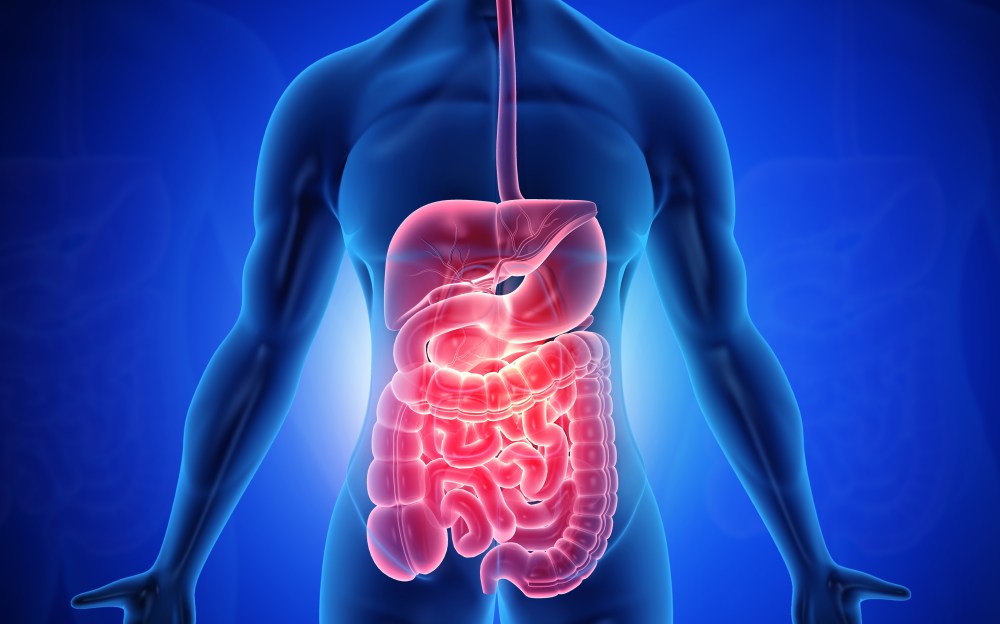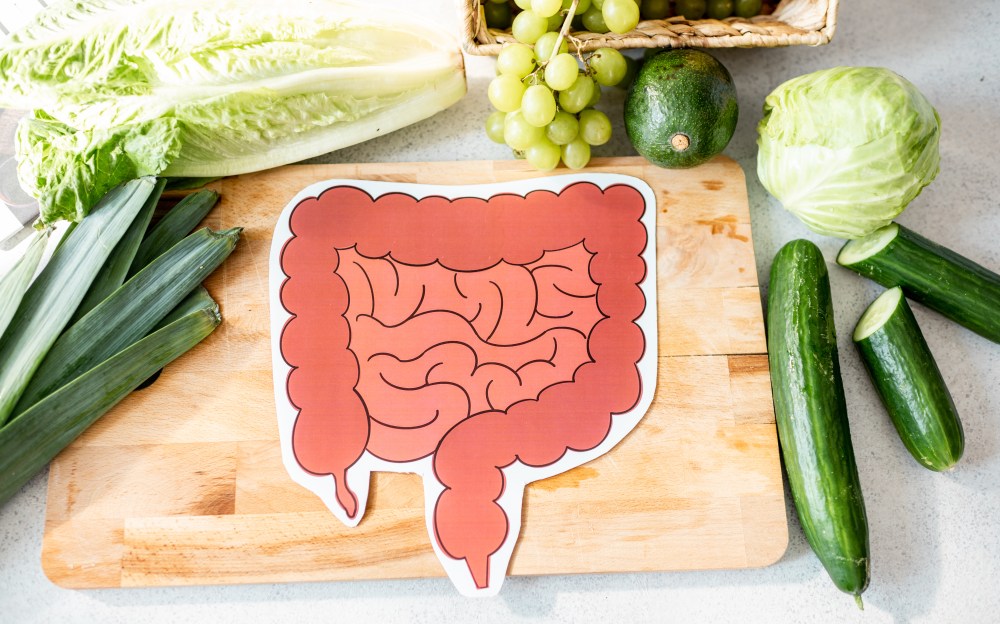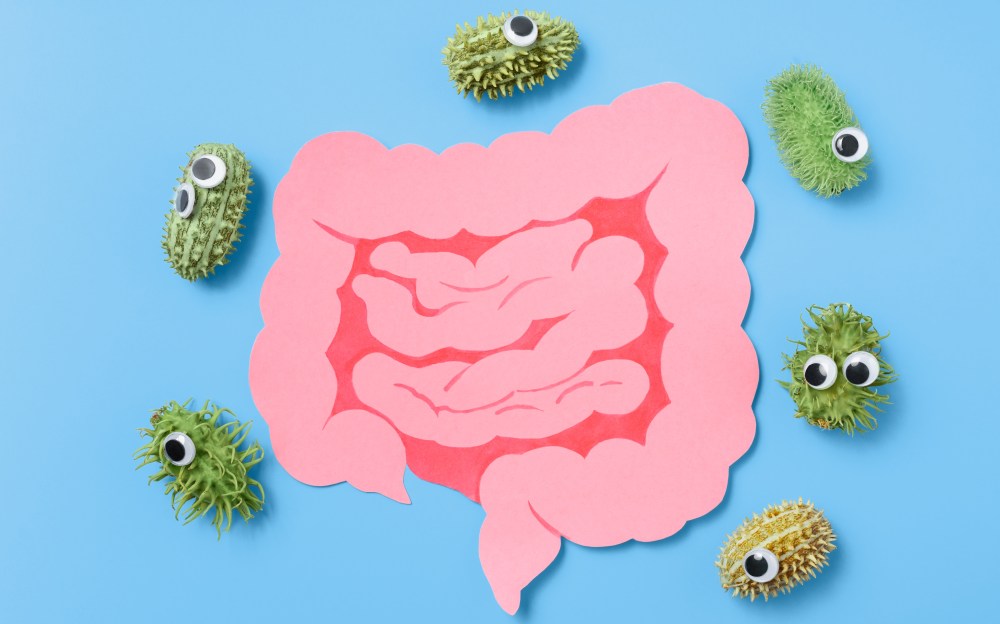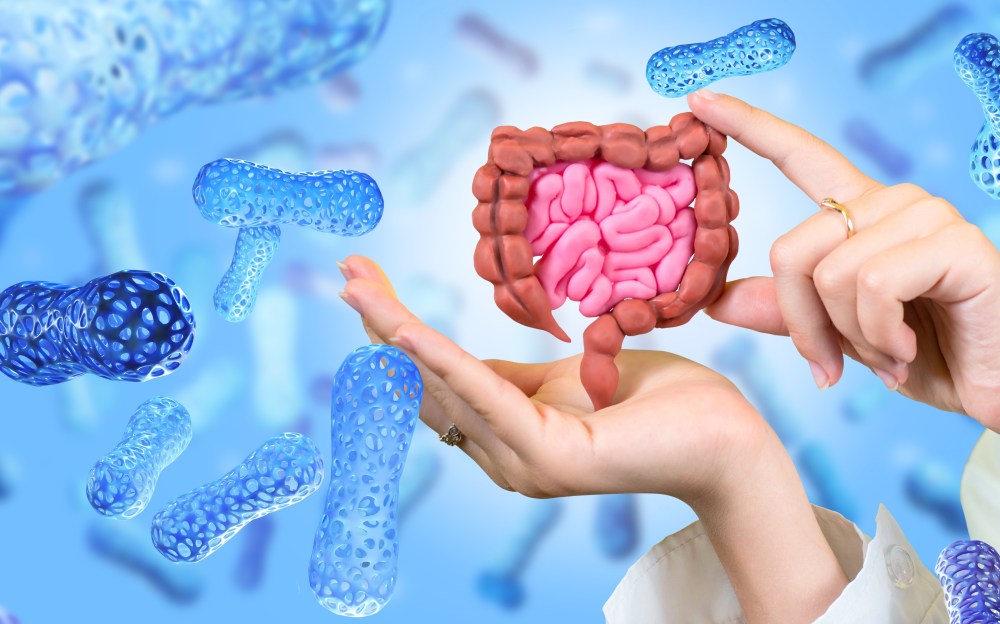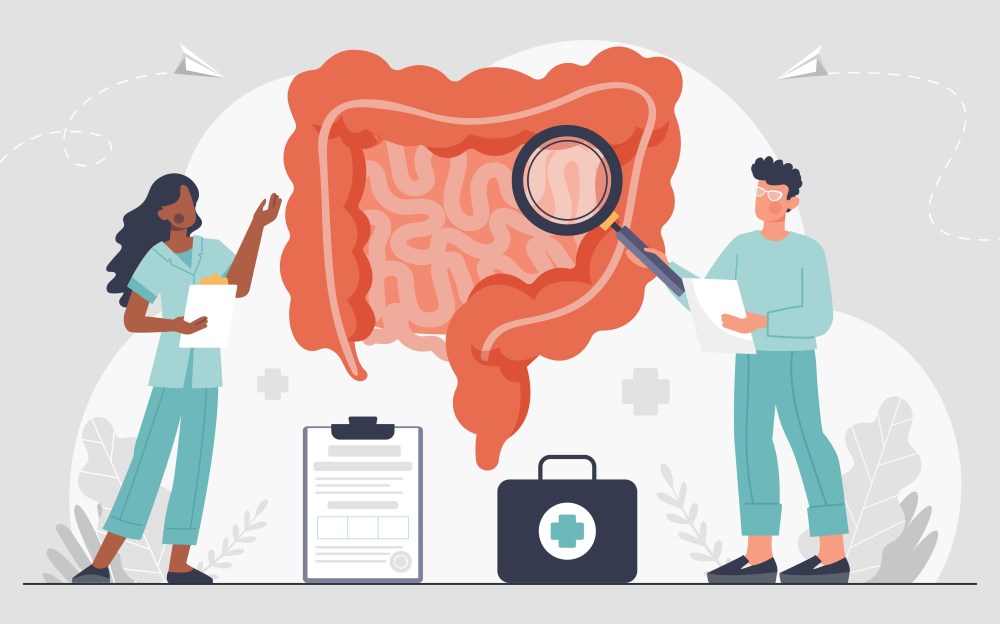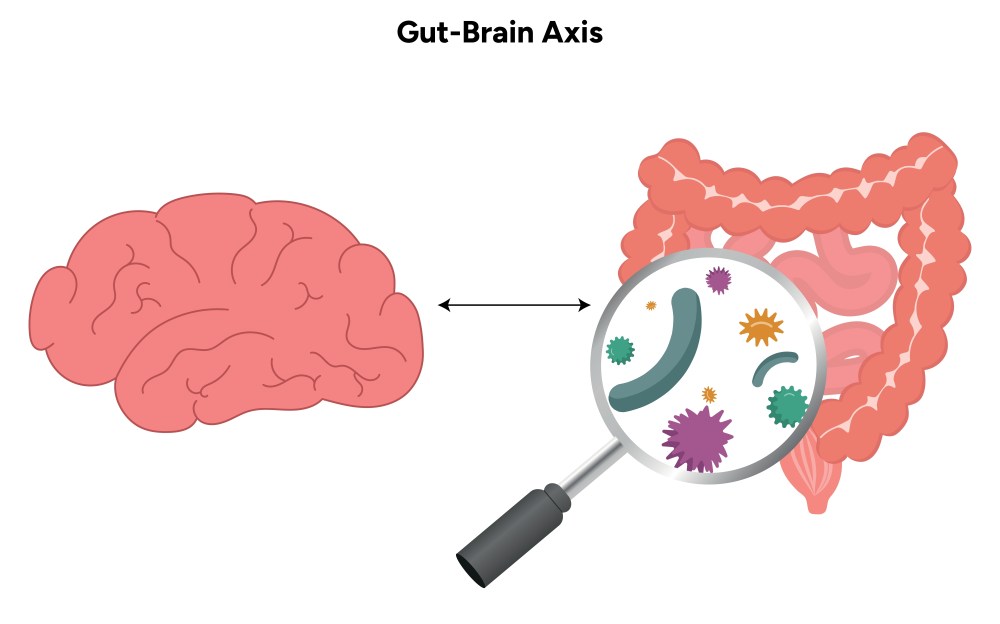At a glance
Bacterial vaginosis (BV) is a common vaginal infection caused by an imbalance of naturally occurring bacteria, often involving the overgrowth of Gardnerella vaginalis. It affects many women of reproductive age, particularly those who are sexually active. Natural approaches such as consuming fermented foods and using boric acid suppositories may help support vaginal pH balance and promote a healthy microbial environment.
Bacterial vaginosis (BV) is a vaginal infection triggered by the overgrowth of potentially harmful bacteria within the female reproductive tract.
BV is a widespread condition that can lead to several unpleasant side effects, including a strong odor, itching, and burning sensations while urinating.
Learn more about the common causes of this microbial infection and discover how to get rid of BV naturally.
What is BV (bacterial vaginosis)?
Bacterial vaginosis, widely known as BV, is a vaginal infection characterized by the overgrowth of certain bacterial species, most commonly Gardnerella vaginalis.
An estimated 30 to 35 percent of women in the U.S. will develop bacterial vaginosis at some point in their lives. It’s the most common vaginal infection among girls and women aged 15 to 44, particularly in those who are sexually active.
However, bacterial vaginosis isn’t considered a sexually transmitted infection (STI), as it involves an overgrowth of bacteria that are naturally present in the vaginal microbiota.
In contrast, STIs are infections originating from external bacteria, viruses, fungi, or parasites introduced through sexual intercourse.
Watch the video below to learn about effective home remedies for bacterial vaginosis.
Signs of bacterial vaginosis
Bacterial vaginosis occurs when the natural balance of vaginal microflora is disrupted, leading to a shift in the microbial environment. This imbalance often alters the vaginal pH, resulting in noticeable changes in odor, appearance, and overall sensations.
Common bacterial vaginosis symptoms include:
- Thin green, white, or gray vaginal discharge
- A fishlike odor
- Vaginal itching or irritation
- Burning while urinating
- Discomfort during or after sex
Symptoms of bacterial vaginosis can vary widely, ranging from mild to severe, and some women may have this condition without showing any noticeable signs.
A bacterial vaginosis infection shares similar symptoms with other conditions, such as trichomoniasis or vaginal yeast infections. Therefore, it’s crucial to consult a healthcare provider for an accurate diagnosis and appropriate treatment.

Causes of bacterial vaginosis
While most bacterial vaginosis infections develop in sexually active individuals, it can also occur in those who aren’t sexually active, which is typically linked to a lack of Lactobacilli bacteria within the vaginal microbiota.
Causes and risk factors of bacterial vaginosis include:
- Douching, which can disrupt the vaginal pH balance
- Multiple sexual partners
- Engaging with a new sexual partner
- Not using condoms during intercourse
- Poor sexual hygiene practices
Women with female sexual partners who are taking antibiotics or have an intrauterine device (IUD) are also at a greater risk of developing bacterial vaginosis.
Additionally, pregnant women may develop bacterial vaginosis due to hormonal shifts that may disrupt the natural balance of bacteria in the vagina.

How to get rid of BV naturally
Metronidazole and clindamycin are commonly prescribed antibiotics for treating bacterial vaginosis.
However, their use is often associated with side effects such as digestive discomfort and the potential for antibiotic resistance, leading some individuals to explore natural alternatives.
Here are four home remedies that may help relieve bacterial vaginosis symptoms naturally.
1. Fermented foods
Fermented foods contain naturally occurring probiotics, which are beneficial bacteria that support a healthy balance of microbes in the body.
Foods such as pickles, sauerkraut, kimchi, kombucha tea, and grass-fed kefir are rich sources of in various Lactobacillus species.
Research published in Frontiers in Cellular and Infection Microbiology highlights the importance of Lactobacillus in maintaining vaginal health.1
The authors sumarize, “Lactobacilli can acidify the vaginal microenvironment, inhibit the proliferation of other pathogenic microorganisms, and promote the maintenance of a eubiotic vaginal microbiome.”
This suggestst that incorporating fermented foods in your diet may help support overall vaginal microbiome health by promoting a more balanced microbial environment.
2. Boric acid suppositories
Boric acid vaginal suppositories are sometimes recommended by healthcare providers as a complementary approach to support vaginal pH balance.
While boric acid has been traditionally used for its cleansing and acidic properties, it’s not appropriate for everyone and should never be taken orally. It’s also not recommended during pregnancy. Always consult your doctor before use.

3. Oregano oil
Oregano oil contains naturally occurring compounds including carvacrol and thymol, which have been studied for their potential antimicrobial effects.
Evidence published in Microbiology Spectrum, suggests that these compounds in oregano oil may help support microbial balance and influence how the body responds to certain microbes that are commonly associated with vaginal microbiome imbalances.2
4. Garlic
Garlic has been used for centuries to strengthen the immune system against common ailments, including bacterial infections.
Its antibacterial properties are attributed to garlic’s high concentrations of allicin, a sulfur-containing compound with potent antibiotic and antimicrobial properties.
In fact, a study published in the Iranian Red Crescent Medical Journal has found that garlic may be as effective as certain antibiotic treatments for patients with bacterial vaginosis with little to no side effects.3
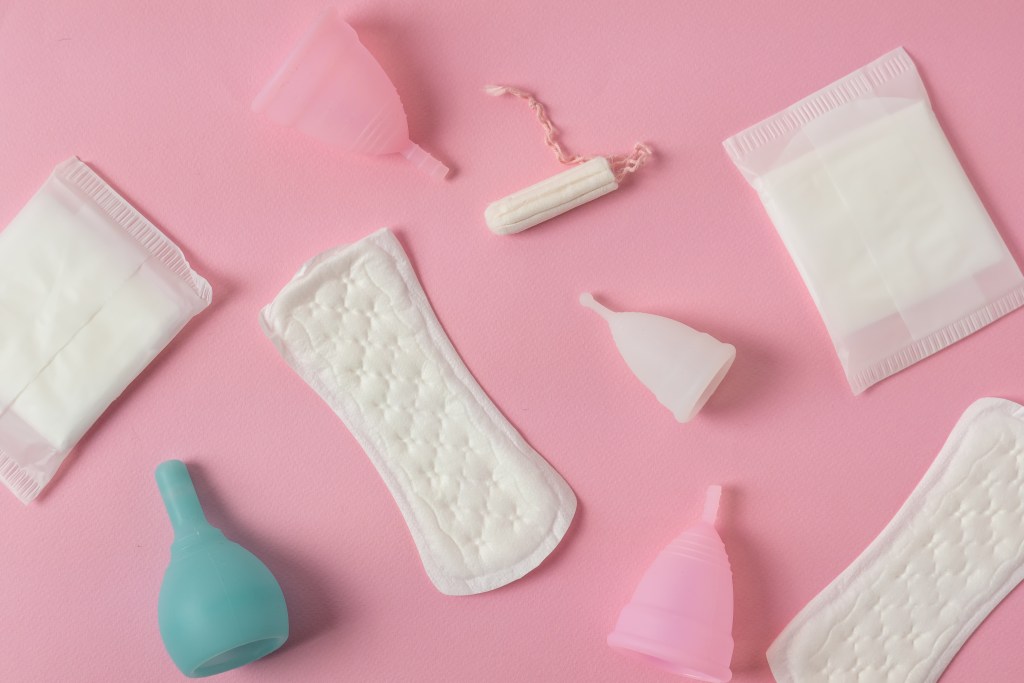
Tips for preventing BV
Those concerned about developing bacterial vaginosis or individuals with recurring infections can take several precautions to lower their risk.
Here are four tips for preventing bacterial vaginosis.
1. Avoid douching and scented products
Douching and scented feminine hygiene products, such as tampons and vaginal washes, can disrupt the natural balance of the vaginal microflora, greatly increasing the risk of microbial infection.
Using plain water and pH-balanced, unscented cleansers helps ensure cleanliness and freshness while maintaining the health of vaginal flora.
2. Practice safe sex
Safe sex practices can help reduce the risk of bacterial vaginosis and sexually transmitted diseases (STDs).
These include using barrier methods, such as latex condoms, urinating or showering after vaginal intercourse, and limiting sexual partners.
Avoiding vaginal contact with objects that have touched your anus, such as toilet paper or sex toys, can also prevent the transfer of fecal bacteria, which can contribute to the development of bacterial vaginosis.
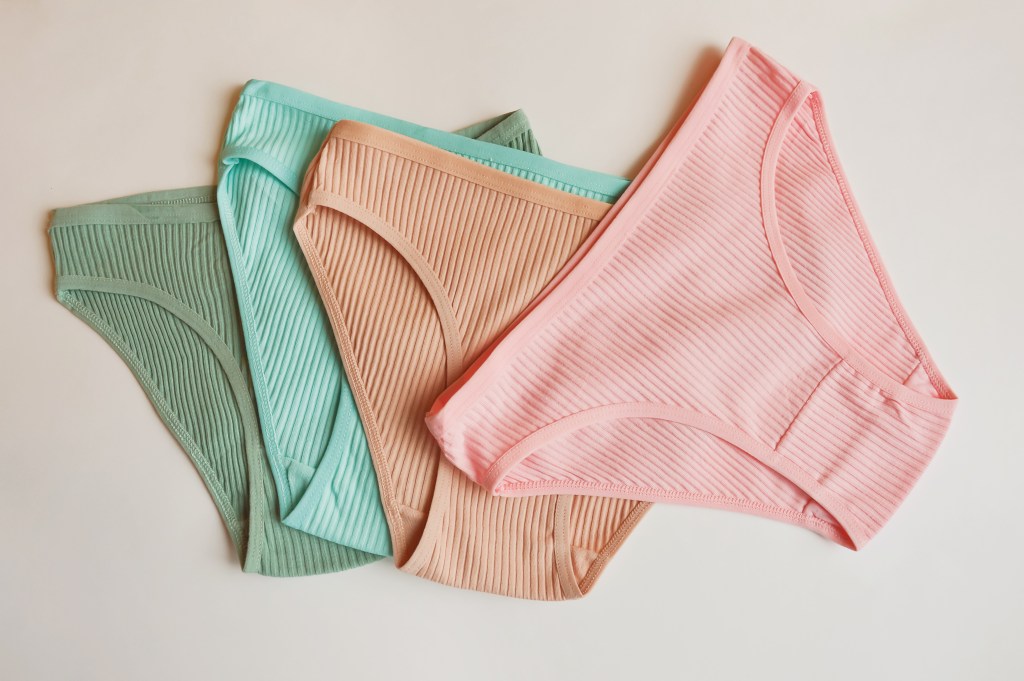
3. Wear cotton underwear
Breathable fabrics allow for airflow and prevent moisture buildup that can encourage bacterial growth.
Additionally, consider changing into clean underwear after sweating, sleep, showering, or sexual intercourse to reduce the risk of vaginal infections.
4. Consider dietary changes
Following a nutritious diet rich in vegetables, grass-fed meat, wild-caught fish, and healthy fats can support overall well-being and help maintain vaginal health.
Avoiding excess sugar and dairy can also reduce the risk of bacterial vaginosis by supporting hormonal balance and digestive health.
“Excessive dairy consumption has been linked to increased estrogen, which may make you more susceptible to bacterial overgrowth,” explains Dr. Berg. “Additionally, milk sugar and other dietary sugars can feed unfriendly bacteria, contributing to microbial infections.”

When to talk to your doctor
Information related to bacterial vaginosis should be discussed with a healthcare provider to determine suitability based on your health needs.
While natural remedies can support vaginal health, it’s critical to consult a gynecologist to evaluate and treat bacterial vaginosis appropriately.
Talk to your doctor if symptoms don’t improve or if you notice the following:
- Changes in discharge color
- Increased itching
- Vaginal sores
- Worsening odor
- Burning or swelling
If left untreated, bacterial vaginosis can progress into more serious complications, such as pelvic inflammatory disease (PID), an increased risk of sexually transmitted infections such as human immunodeficiency virus (HIV), or complications during pregnancy, including premature birth.
Additionally, bacterial vaginosis may mask symptoms of more serious infections. Consult your healthcare provider if you have new or multiple sexual partners to rule out STIs and STDs.
Key takeaways
- Bacterial vaginosis (BV) is a vaginal infection caused by an overgrowth of naturally occurring bacteria, most commonly Gardnerella vaginalis.
- It affects roughly 30 to 35 percent of women in the U.S., particularly those aged 15 to 44 who are sexually active.
- Natural options such as oregano oil, garlic, and fermented foods may help support microbial balance and maintain a healthy vaginal environment.
FAQ
1. How do I get rid of BV naturally?
Natural remedies for bacterial vaginosis (BV) include fermented foods rich in Lactobacillus species, garlic, and oregano oil.
2. Can I get rid of BV without antibiotics?
Yes, home remedies such as oregano oil, garlic, and fermented foods may help improve BV symptoms without antibiotics.
However, it’s critical to consult a healthcare provider to ensure proper diagnosis and treatment, as untreated BV can lead to complications, and some home remedies may not be suitable for everyone.
3. Can BV go away on its own?
While BV can resolve independently in some cases, it can worsen without proper treatment, leading to serious health issues, including an increased risk of contracting human immunodeficiency virus (HIV) and sexually transmitted diseases (STDs), as well as pregnancy complications in expecting mothers.
If you show signs of BV, it’s crucial to consult a healthcare provider for proper diagnosis and timely treatment.
4. How long does it take for BV to go away?
It typically takes one week to treat BV using antibiotics. However, it’s vital to take steps, such as practicing safe sex, avoiding douching, and cleansing with unscented products, to prevent bacterial vaginosis from recurring.
Additionally, dietary changes, such as eliminating sugar and dairy, and incorporating fermented foods and garlic, can support vaginal health and help eliminate harmful bacteria.
5. What should I eat to clear up my BV?
Foods with natural antibacterial properties, such as garlic, oregano, and fermented foods, may help the body fight against a BV infection.
6. What is the difference between a yeast infection and BV?
Although BV and yeast infections are both caused by an overgrowth of microbes, bacterial vaginosis results from an imbalance of harmful bacteria known as Gardnerella vaginalis.
Conversely, yeast infections are linked to the overgrowth of a fungal species known as Candida albicans.
7. Is bacterial vaginosis contagious?
Bacterial vaginosis isn’t considered contagious, as it results from an imbalance in vaginal bacteria rather than being transmitted between individuals.
However, sexual activity can increase the risk of developing BV, as certain behaviors or new partners may disrupt the natural balance of vaginal bacteria.
Sources
- https://pmc.ncbi.nlm.nih.gov/articles/PMC10106725/ ?
- https://pmc.ncbi.nlm.nih.gov/articles/PMC10100680/ ?
- https://pmc.ncbi.nlm.nih.gov/articles/PMC4166107/ ?


